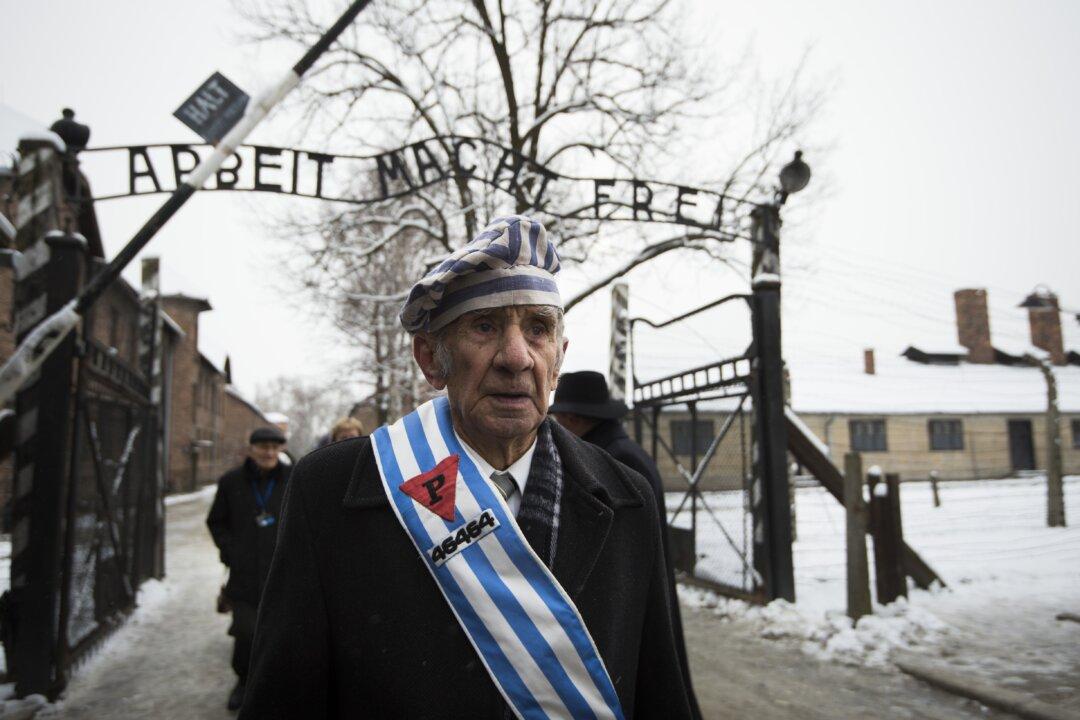WARSAW—The number of Jews murdered by Nazis at the peak of the Holocaust was far higher than previously thought, a new study has revealed, and the only reason it tapered off was because there was “no one left to kill.”
Professor Lewi Stone, a mathematical biologist at Israel’s University of Tel Aviv and Royal Melbourne Institute of Technology University in Australia, found that in the Nazi death camps of German-occupied Poland, about 15,000 Jews were killed each day at the height of the slaughter. The maximum Holocaust death rate was previously believed to be 6,000 killings daily at the Auschwitz death camp.





